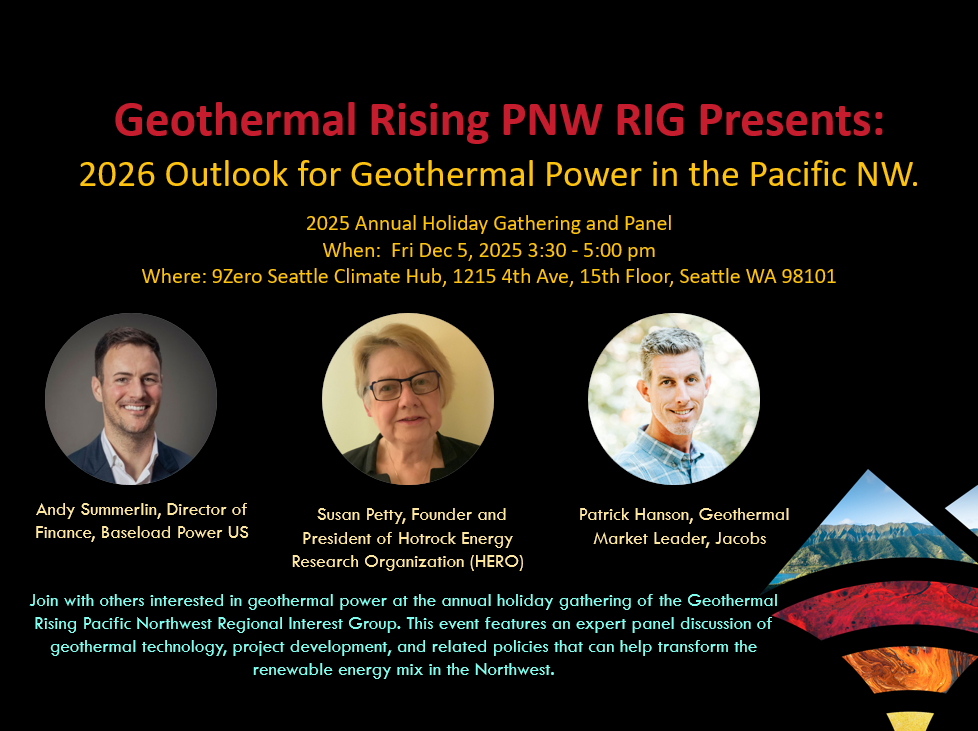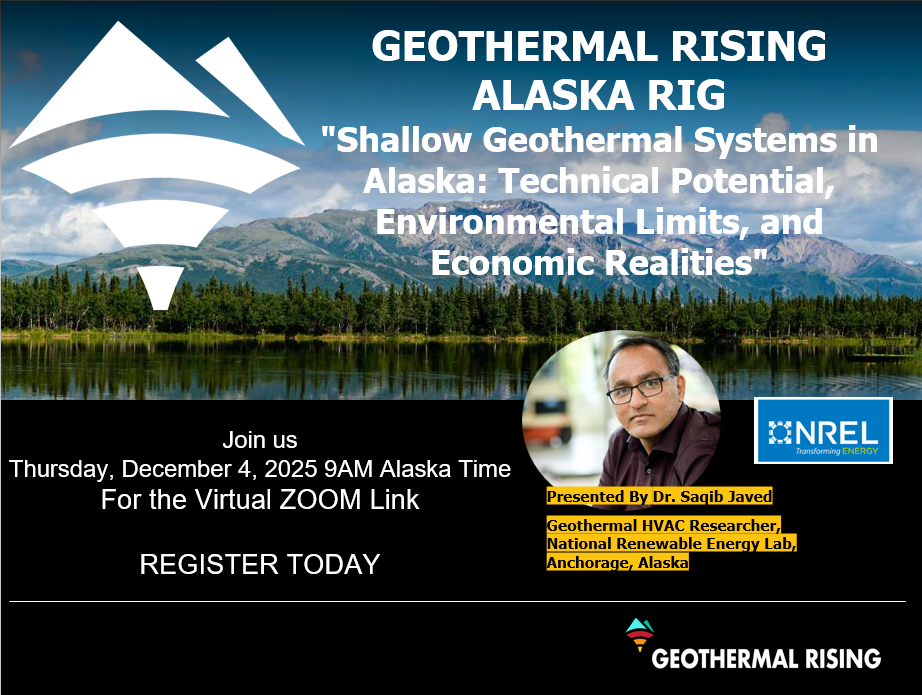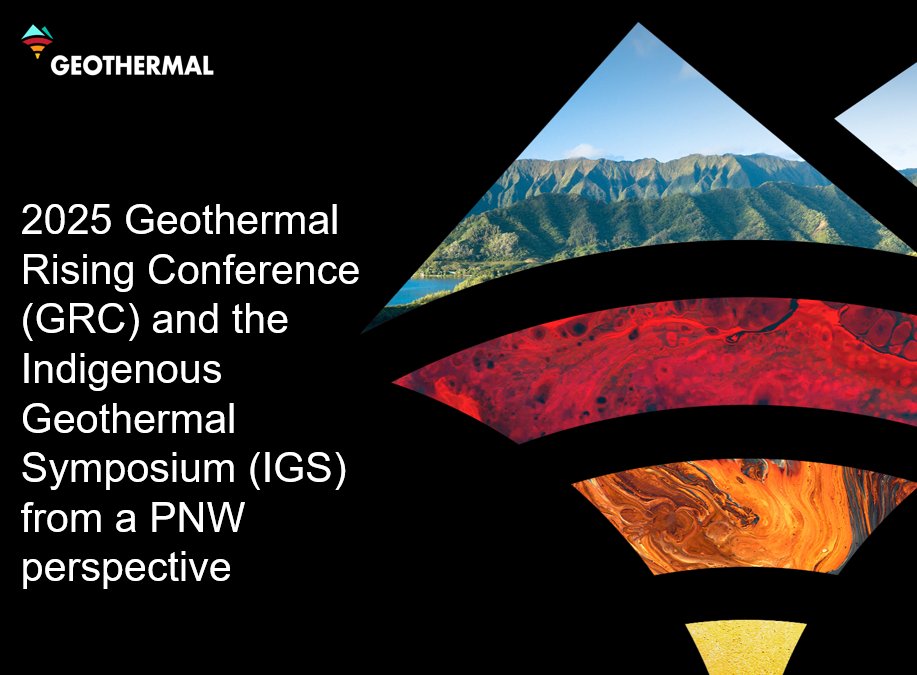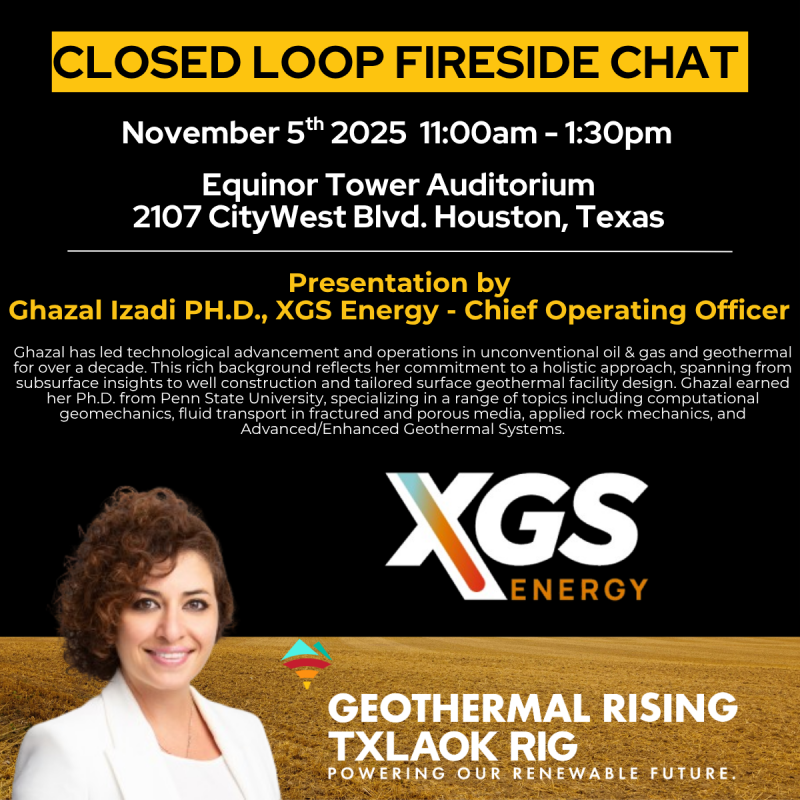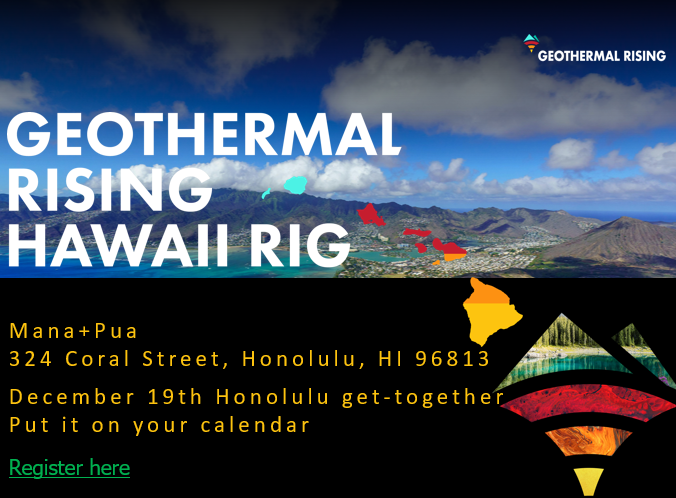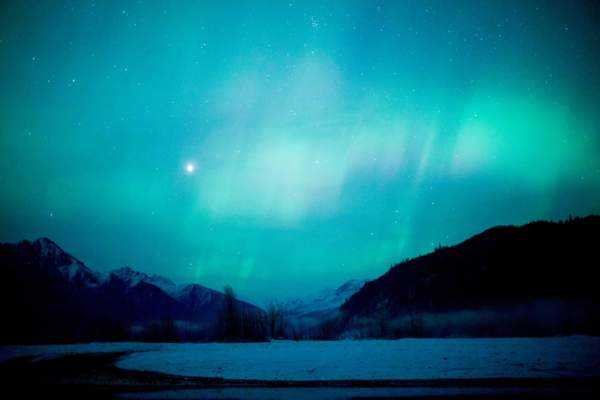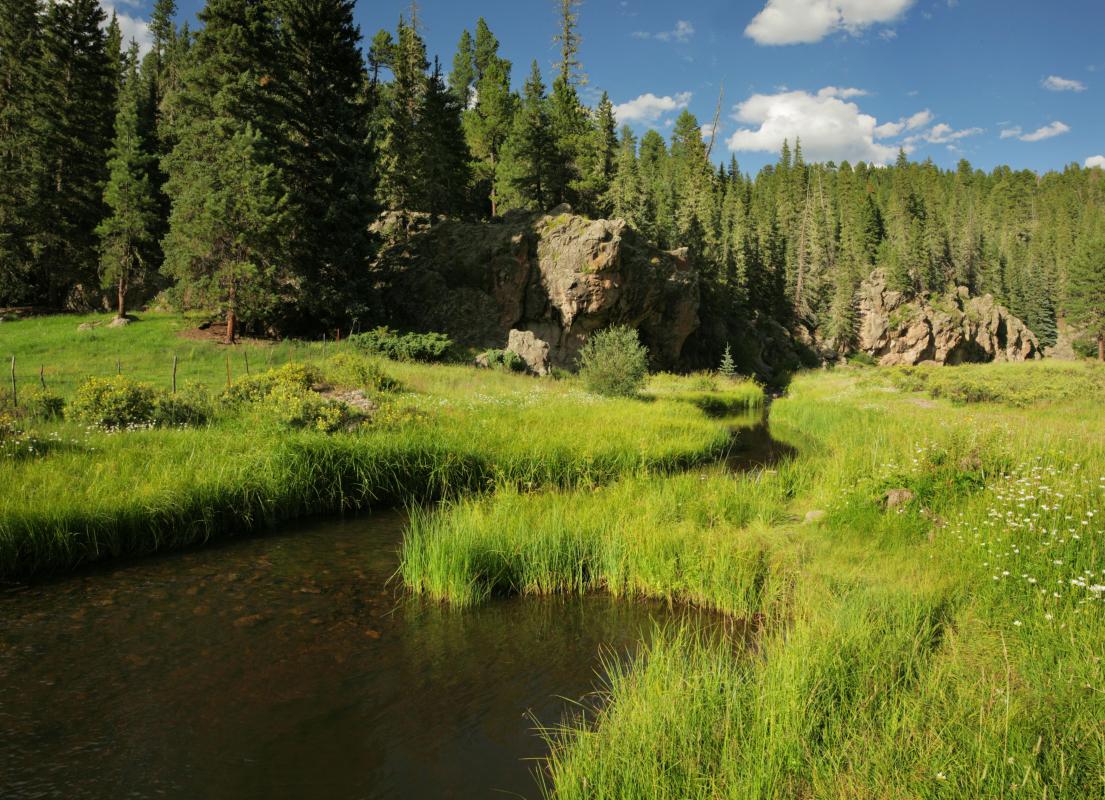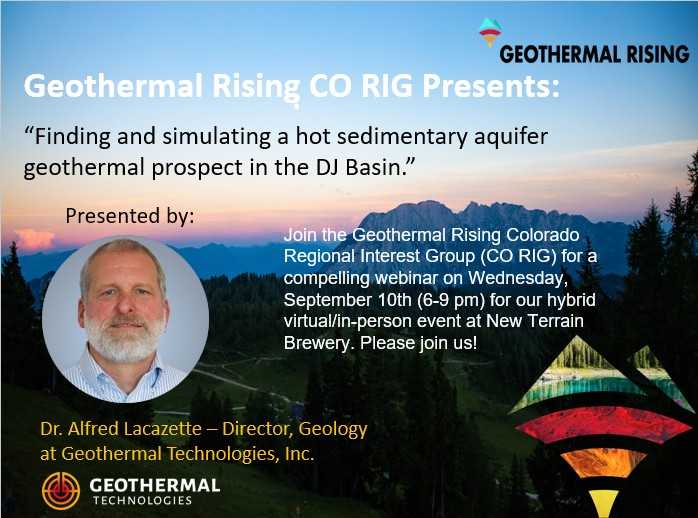The Colorado Regional Interest Group of Geothermal Rising invites you to join us for a special hybrid (in-person and virtual) event!
Our featured speaker will be Dr. Alfred Lacazette, Director of Geology at Geothermal Technologies, Inc., presenting:
“Finding and Simulating a Hot Sedimentary Aquifer Geothermal Prospect in the DJ Basin.”
👉 In-Person Guests: Stay afterward for happy hour and networking with colleagues in the geothermal community.
👉 Virtual Guests: A Zoom link will be provided after registration, and reminders will be sent prior to the event.
This event is free to attend — Register Here
CO GR RIG Hybrid Event – September 10, 2025
📍 New Terrain Brewery & Online via Zoom
🕕 Wednesday, September 10 | 6:00 – 9:00 PM (MT)
We’re excited to connect with you, share insights, and continue building geothermal opportunities in Colorado.
— The GR Colorado RIG Planning Committee
